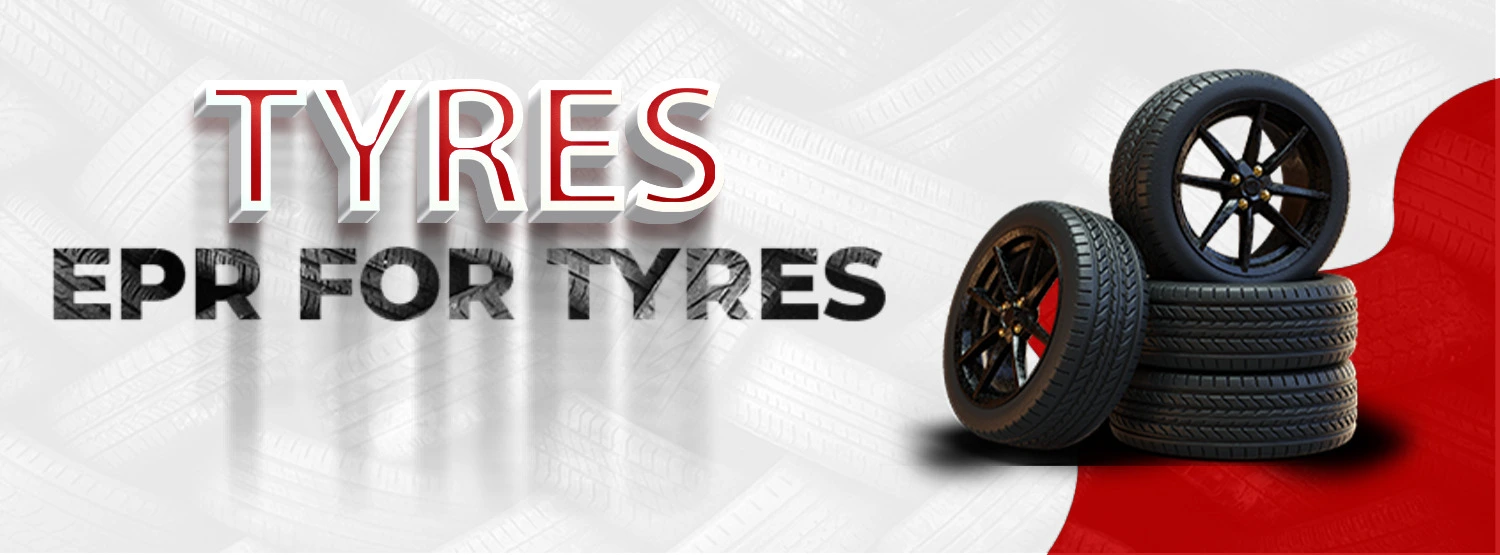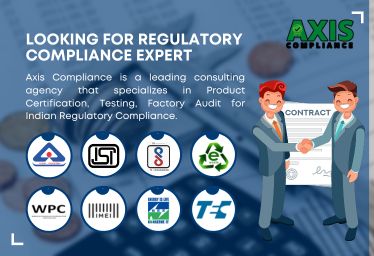Inroduction Of CE Certificetion
CE Certification under the CE abbreviates as Conformite Europeenne, or European Conformity. The CE mark strives to guarantee that only secure, flawless, and superior products are made available on the European market. Many items sold in the EEA (the EU plus Iceland, Lichtenstein, and Norway) must have the CE marking. Your product's testing and compliance with EU safety, health, and environmental protection regulations are confirmed by the CE marking. It applies to goods made inside the EEA and outside that are later sold there.
You must submit a technical dossier proving that your product complies with all EU legislation in order to obtain the CE certification for it. Considering that I made the products, The declaration of adherence to all criteria is your personal responsibility. You might need to provide your distributors and/or importers with all paperwork pertaining to the CE mark after your product has been awarded one.
What Is The CE Certificetion
CE marking is not a certification of quality, but a declaration by the manufacturer or importer that the product meets the essential requirements of the relevant EU directives. It marks compliance with health, safety and environmental protection regulations, allowing the product to be sold legally within the European Economic Area (EEA). CE marking does not guarantee the quality or performance of a product, but indicates that it meets the standards required to be placed on the market in the EEA.What Is The CE marking certification is a process
CE marking certification is a process that confirms a product's compliance with the applicable European Union (EU) directives and standards, enabling it to bear the CE marking. The CE marking certification indicates that the product meets the essential health, safety, and environmental requirements set out in the relevant EU directives.To obtain CE marking certification, manufacturers or importers typically need to:1. Identify the applicable directives: Determine which EU directives are relevant to the product based on its category and intended use.2. Assess conformity: Evaluate the product's compliance with the essential requirements outlined in the applicable directives. This may involve conducting tests, risk assessments, and technical documentation review.3. Engage a notified body (if required): For certain product categories, involvement of a notified body may be necessary. Notified bodies are independent organizations designated by EU member states to assess product conformity. They conduct examinations, tests, and assessments to ensure compliance.4. Prepare technical documentation: Compile the necessary technical documentation, including design specifications, test reports, conformity assessments, and user manuals. This documentation should demonstrate how the product meets the essential requirements of the applicable directives.5. Implement quality management system: Establish and implement a quality management system to ensure consistent compliance with the relevant standards and regulations. This may involve adopting standards such as ISO 9001 and implementing procedures for quality control and assurance.6. Affix the CE marking: Once the product has successfully undergone the necessary conformity assessments and meets the essential requirements, the manufacturer or importer can affix the CE marking on the product and its packaging. The CE marking should be visible, legible, and indelible.CE marking certification is not a one-time process. It requires ongoing compliance monitoring, periodic audits, and maintaining the necessary documentation to ensure that the product continues to meet the required standards and directives.It is important to note that CE marking certification is specific to products sold within the European Economic Area (EEA). It signifies compliance with EU requirements and allows the product to be legally placed on the market within the EEA.How To Get CE Marking Certification In India? with Axis Compliance Certificate consultents
To obtain CE marking certification in India, you can consider consulting with certificate consultants or certification bodies in India that specialize in assisting companies with CE marking compliance. Here is a general outline of the steps involved:
1. Research and select a reputable certification consultant: Look for certification consultants in India who have expertise in CE marking and a track record of successfully helping companies achieve certification. Evaluate their experience, knowledge, and client testimonials before making a decision.2. Determine the applicable EU directives: Identify the specific EU directives that apply to your product. This will depend on the product category and its intended use.3. Conduct a gap analysis: Work with the consultant to conduct a thorough assessment of your product's compliance with the applicable EU directives. This analysis will help identify any gaps that need to be addressed before certification can be achieved.4. Obtain necessary testing and documentation: Collaborate with the consultant to ensure that your product undergoes any required testing or evaluation to meet the essential requirements of the EU directives. Prepare the necessary technical documentation, including design specifications, test reports, risk assessments, and user manuals.5. Engage a notified body (if applicable): If your product falls under the scope of a directive requiring involvement of a notified body, the consultant can guide you in selecting an accredited notified body in India to perform the conformity assessment.6. Implement a quality management system (QMS): Establish and implement a QMS that complies with the relevant standards and requirements. This may involve developing procedures, conducting internal audits, and implementing corrective actions.7. Conduct pre-certification assessment: Work closely with the consultant to conduct a comprehensive pre-certification assessment to ensure that all necessary requirements are met before proceeding to certification.8. Certification application and review: With the assistance of the consultant, submit your certification application to the appropriate certification body. The certification body will review the documentation and, if satisfied, issue the CE marking certificate.9. Ongoing compliance and maintenance: Regularly monitor and maintain compliance with the CE marking requirements, including updates to regulations and standards. This may involve periodic audits and assessments to ensure ongoing adherence to the directives.By working with a Axis Compliance reliable certificate consultant in India, you can receive guidance throughout the certification process, ensure compliance with the necessary requirements, and increase your chances of obtaining CE marking certification for your product.
- Home
- About Us
-
Services
- BIS ISI Mark Certification
- BIS-CRS Certification
- ISI Domestic Manufacture
- EPR Plastic Waste
- EPR E-Waste
- EPR Registration
- EPR Battery Waste
- BIS FMCS Registration
- WMI Registration
- BIS ECO Mark Scheme
- BIS Certification for Footwear
- EMI-EMC Test
- RF Testing
- IP Rating Test
- TEC Approvals
- NABL Testing
- LM 79 & LM 80
- ROHS Approval
- CE Certificetion
- EPR Importance
- EPR For Tyres
- EPR For Used Oil
- TradeMark
- Copy Right
- WPC-ETA Approval
- BEE Registration
- FSSAI Registration
- Gem Registration
- BIS Certification for Toys
- Import Export License
- Custom Compliance
- LAB Setup and lab equipment
- UL Certification
- CDSCO Approvals
- Drug License
- NOC For Steel
- IMEI Registration
- ISO Certification
- Legal Metrology
- NSIC Registration
- Start-Up Registration
- Make in India Mark
- LMPC Registration
- CDSCO Registration
- Updates
- Gallery
- Clients
- Contact Us













































































